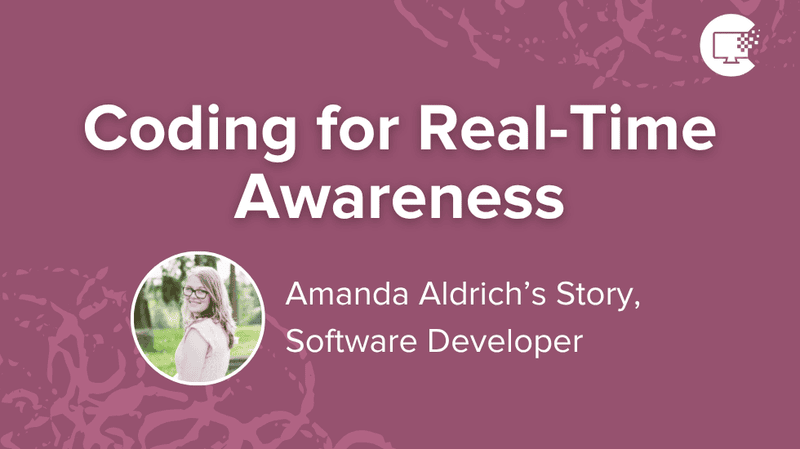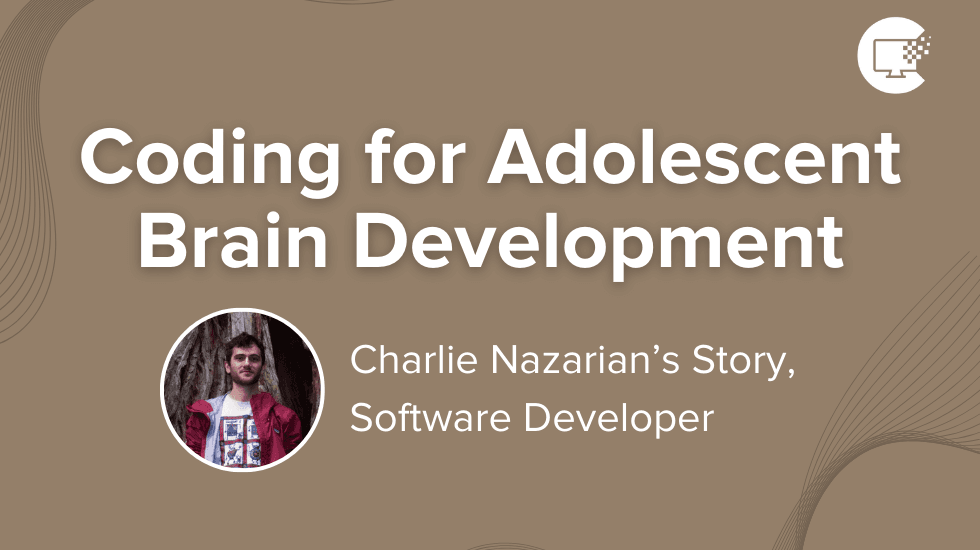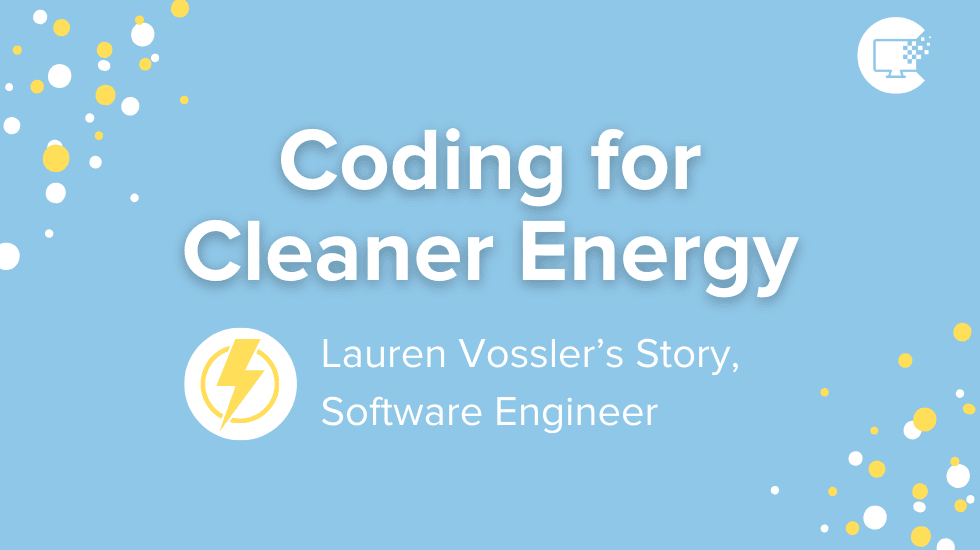Coding for Custom Web Applications
By Branden Y.

Hey, Branden! Tell us about what you work on.
I work mostly freelance now doing contract work for various companies in need of web applications. I build a lot of custom web software applications — such as this website for the Democratic Party of Washington. The various contracts I work on deal with building APIs and/or building the frontend of a web application using JS frameworks like React, Vue, or Svelte.
What exactly are APIs you might ask? API stands for Application Programming Interface. It’s a way to programmatically interact with raw data provided by software components. For example, when checking your weather app, you would be requesting to see the weather for where you are located. Your user request would be you entering your location or zip code, and the API would then send over the weather for your location.
I also get my hands dirty with server setup, deployment/building systems for code bases and help lead a lot of user strategy in collecting and visualizing data to make informed business decisions.
How do you use coding in your industry/projects?
My entire job is coding or managing deployment processes to servers. I build backend architecture to create APIs that are accessible via authentication. I build frontend applications that are used to display the data received form the APIs.

Any fun insights or tips related to the application of computer science for young coders?
Take breaks in between coding sessions. I always solve an issue I’m stuck on after taking a break.
Also, it’s okay to take breaks in between jobs. Burnout is real in the industry.
Never stop learning. Half of your job will always be to produce work and the other half will be learning new techniques and skills in the most rapidly evolving field.
What tools and programming languages do you use?
- JS
- TypeScript
- Node.JS
- GIT
- Visual Studio Code
- Docker
- PHP
- GraphQL
Branden lives the digital nomad life around the world. Connect with Branden on LinkedIn or Github.
Interested in utilizing this resource in your elementary classroom? Check out our elementary version of this blog here. Comprehension is designed for upper elementary independent reading (Lexile level no greater than 1000), or guided reading for younger students.


